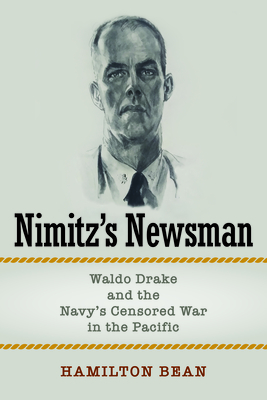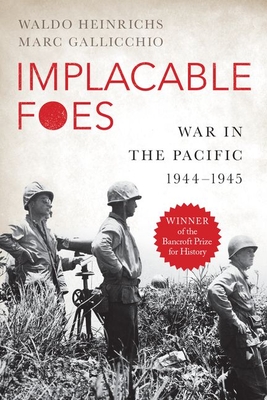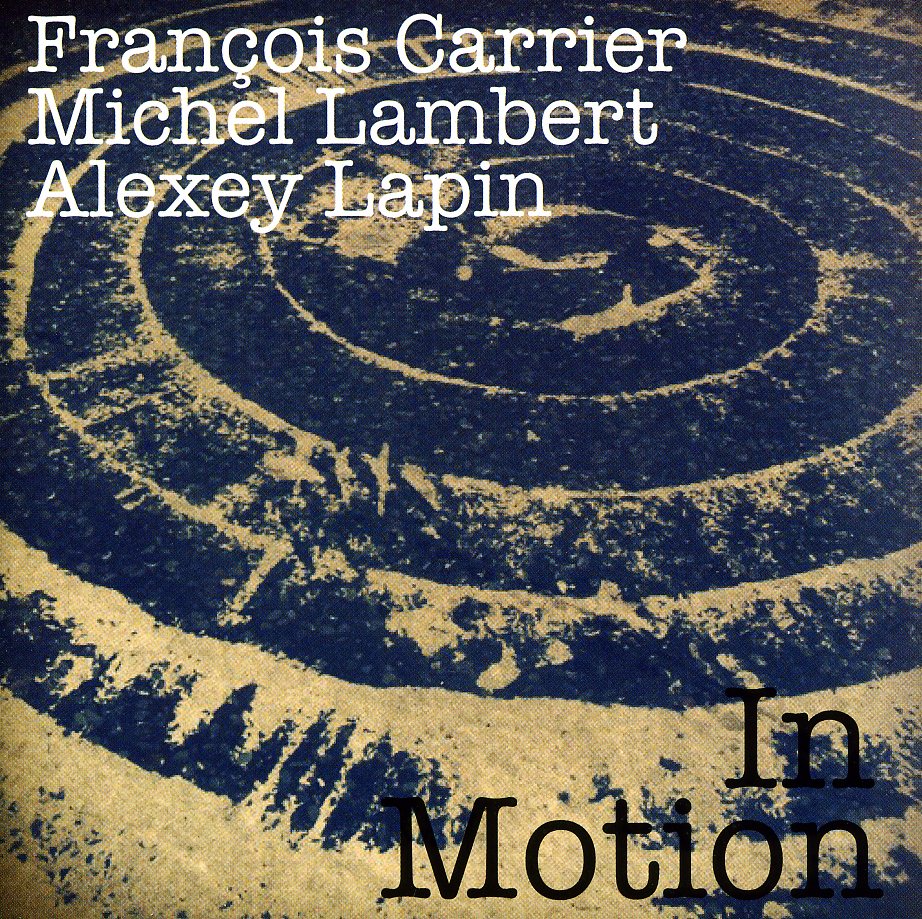
Bean, Hamilton
product information
description
ved in Pearl Harbor in June 1941 as the U.S. Pacific Fleet's first Public Relations Officer (PRO), he was an admired maritime reporter for the Los Angeles Times and Reserve Officer appointed to intelligence duties. By October 1944, he was hated by most of the correspondents assigned to cover the war against Japan and seen by officials in Washington as an obstacle to the development of Navy public relations. What led Drake to become the Pacific Fleet's first PRO, what happened during the three years he served on the CINCPAC staff, and why he was removed from that position are the focus of Nimitz's Newsman: Waldo Drake and the Navy's Censored War in the Pacific. Following the Japanese attack on Pearl Harbor on December 7, 1941, Adm. Chester Nimitz, USN assumed command of the Pacific Fleet and inherited Drake's services. Drake became responsible for informing America's press about the Pacific Fleet's wartime role and thus gained an outsized ability to influence American public opinion. The Navy's decision to allow public relations officers to censor press copy caused numerous conflicts between Drake and the correspondents assigned to the Fleet. It was Drake's love for the Navy, his tendency to take on every job himself, and above all his close relationship with Adm. Nimitz that allowed him to perform censorship duties with approval. Drake's protection of Nimitz, and his reticence to give the press any information that could endanger operational security or dampen morale, caused Navy victories to go under-reported--much to the consternation of officials in Washington. In analyzing the dynamics of Drake and Nimitz's relationship, and in highlighting Drake's interactions with correspondents and Navy officials, Nimitz's Newsman reveals the inside story of the Navy's censored war in the Pacific during World War II.
member goods
No member items were found under this heading.
Return Policy
All sales are final
Shipping
No special shipping considerations available.
Shipping fees determined at checkout.







